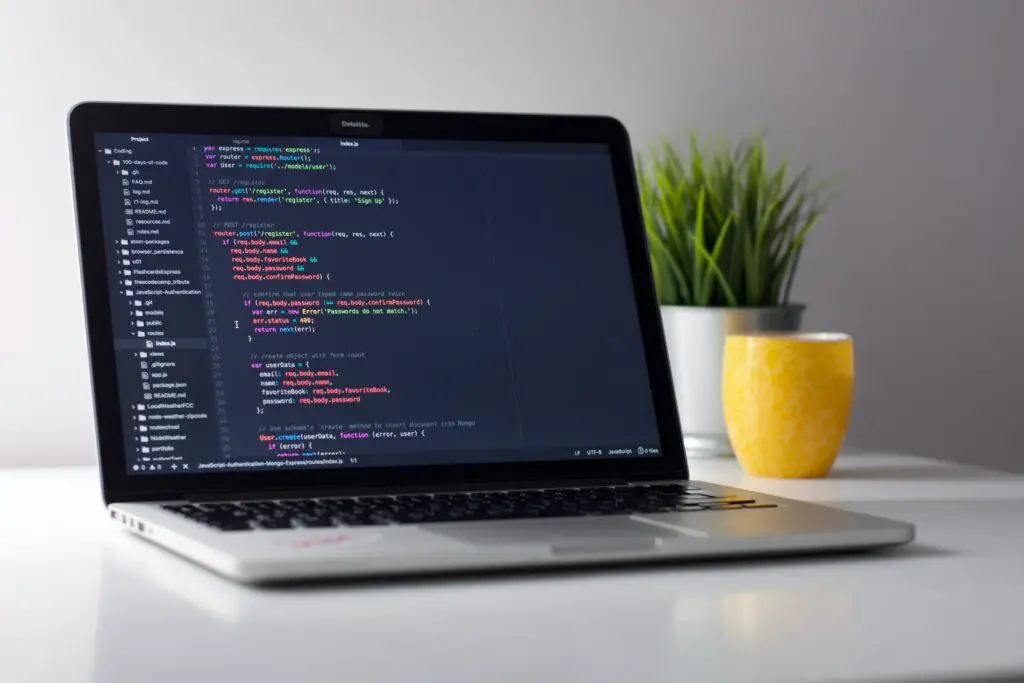Mastering the Installation of Node.js on CentOS 7:
A Comprehensive Guide
In the ever-evolving landscape of web development, Node.js has emerged as a powerhouse, revolutionizing the way we build scalable and efficient applications. For CentOS 7 users embarking on this transformative journey, mastering the installation process is the crucial first step toward harnessing the full potential of Node.js. In this comprehensive guide, we will navigate the intricate paths of CentOS 7, unlocking the gates to a seamless Node.js installation.

Unveiling the Gateway:
Preparing Your CentOS 7 Environment:
Before the grand entrance of Node.js, we must prepare the stage for its arrival. In the realm of CentOS 7, the journey begins with updating the system’s package repositories. Execute the venerable yum update command, letting it weave its magic across the system. This ensures that CentOS 7 is armed with the latest updates and patches, fortifying it against the winds of obsolescence.
Following this, the installation of the EPEL repository becomes our next act. With EPEL, we introduce a trove of additional packages that amplify the capabilities of CentOS. The command yum install epel-release orchestrates this transition seamlessly, bringing CentOS 7 one step closer to Node.js nirvana. These preliminary maneuvers set the stage, creating a resilient foundation upon which Node.js will elegantly dance.
The Enchanting Dance:
Node.js Takes Center Stage:
With the groundwork laid, it’s time for Node.js to pirouette onto the scene. Leveraging the power of NodeSource’s Node.js repository, we secure a backstage pass to the latest and most stable Node.js versions. This repository is the maestro orchestrating the symphony of Node.js on CentOS 7. Execute the following command to unveil the repository key, granting access to this exclusive Node.js concert: curl -sL https://rpm.nodesource.com/setup_14.x | bash -.
The curtain rises, and Node.js emerges in all its glory. With the repository in place, the next command, yum install nodejs, summons Node.js from the digital ether, installing it with a grace befitting its reputation. As the installation progresses, watch as CentOS 7 transforms into a canvas upon which your web applications will paint their digital masterpieces. With Node.js on center stage, the performance begins.
Harmony in Diversity: NPM Joins the Orchestra:
Node.js’s true prowess lies not just in its runtime capabilities but also in the vibrant ecosystem encapsulated by its package manager, npm. Our CentOS 7 odyssey wouldn’t be complete without inviting npm into the ensemble. Execute yum install npm to introduce this invaluable companion, empowering Node.js to seamlessly manage dependencies and elevate your development experience.
As npm settles into its role, it brings with it a cornucopia of packages and modules, turning your CentOS 7 environment into a fertile ground for innovation. With npm, the synergy between Node.js and its myriad packages creates a harmonious orchestra, each module playing a unique tune in the grand symphony of web development.
Securing the Palace Gates:
Firewall Configuration for Node.js:
A grand palace requires vigilant guards, and for our CentOS 7 kingdom, the firewall plays this crucial role. To ensure that Node.js can communicate freely, we need to open the necessary ports. Execute the following commands to grant access: firewall-cmd –zone=public –permanent –add-port=3000/tcp and firewall-cmd –reload. These commands create a secure passage, allowing Node.js to traverse the digital realms without hindrance.
Securing the palace gates is a ceremonial act, fortifying the kingdom against potential threats. With these firewall configurations, CentOS 7 stands resilient, ensuring that the Node.js applications within its walls can communicate without compromise.
The Final Flourish:
Verifying Your Node.js Installation:
As our Node.js installation journey approaches its crescendo, a final act awaits – the verification of our success. Execute node -v and npm -v commands to witness the version numbers unfold before you. These alphanumeric characters signify the triumphant installation of Node.js and npm on CentOS 7. With bated breath, observe as the terminal echoes the testament to your mastery over the installation process.
With Node.js now firmly rooted in the CentOS 7 soil, you stand at the gateway of endless possibilities. The code you write and the applications you build will ride on the wings of Node.js, soaring to new heights of performance and scalability. As you bask in the glow of successful verification, the world of Node.js development beckons, inviting you to sculpt your digital creations with the elegance and finesse of a true artisan.
Embark on this journey with confidence, for you have mastered the installation of Node.js on CentOS 7 – a feat that opens the doors to a realm where innovation knows no bounds. The symphony of Node.js awaits, and you, dear reader, are now its virtuoso conductor.
